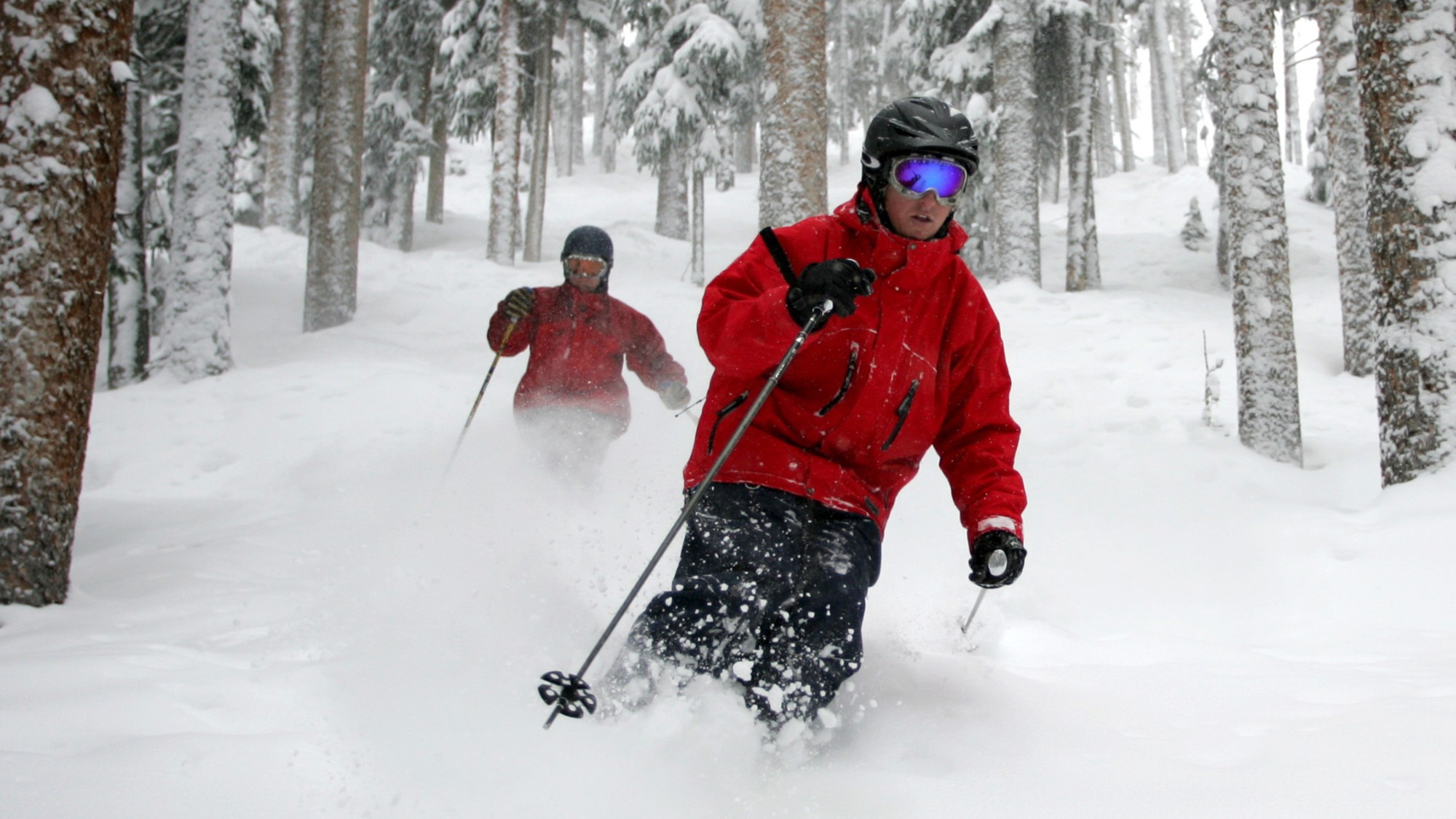Georges Braque and the Cubist Still Life, 1928–1945
The average museumgoer knows little about Georges Braque’s work in the three decades after World War I.
The Phillips Collection, Washington, D.C.
Through Sept. 1
The average museumgoer knows little about Georges Braque’s work in the three decades after World War I, said Sophie Gilbert in Washingtonian. That’s unfortunate, because in the years after he and Pablo Picasso invented cubism as they worked side by side in prewar Paris, Braque (1882–1963) found ever new ways to reimagine the still life. The Phillips Collection’s current show of 44 paintings “offers both a wide range of works and a tight focus.” The usual stuff of Braque’s world appears again and again: bottles, pitchers, stringed instruments, and fruit. But Braque was altering textures—scraping away paint or blending in beeswax or sand. More importantly, he was continually experimenting with color, form, scale, and perspective. “Each of the works is strikingly different”; none “feels extraneous or repetitive.”
The Week
Escape your echo chamber. Get the facts behind the news, plus analysis from multiple perspectives.

Sign up for The Week's Free Newsletters
From our morning news briefing to a weekly Good News Newsletter, get the best of The Week delivered directly to your inbox.
From our morning news briefing to a weekly Good News Newsletter, get the best of The Week delivered directly to your inbox.
The show “traces at least three essential tensions in Braque’s work,” said Philip Kennicott in The Washington Post. The paintings play at the boundary between representation and abstraction and regularly explore the division between three-dimensional reality and two-dimensional representation. They also strikingly embody Braque’s faith that pursuing art for art’s sake was an appropriate response to the turmoil and horrors of World War II. Indeed, “an overwhelming sense of detachment” pervades the pieces Braque created at the time of the Nazi occupation of France. “Is this acceptable?” An observer could argue that artists like Braque worked on a moral plane above politics. But perhaps poet/fighter Francis Ponge provided the best defense. He kept a small copy of Mandolin and Score (The Banjo) with him as he fought in the French Resistance as a reminder of civility and simple pleasures. “That’s why I could live,” he later said. “That’s the society for which I fought.”
A free daily email with the biggest news stories of the day – and the best features from TheWeek.com
-
 Ski town strikers fight rising cost of living
Ski town strikers fight rising cost of livingThe Explainer Telluride is the latest ski resort experiencing an instructor strike
-
 ‘Space is one of the few areas of bipartisan agreement in Washington’
‘Space is one of the few areas of bipartisan agreement in Washington’Instant Opinion Opinion, comment and editorials of the day
-
 How robust is the rule of law in the US?
How robust is the rule of law in the US?In the Spotlight John Roberts says the Constitution is ‘unshaken,’ but tensions loom at the Supreme Court